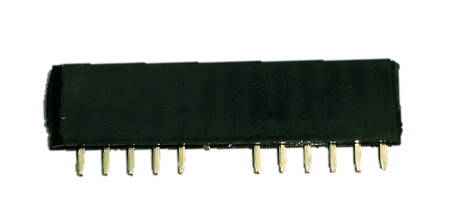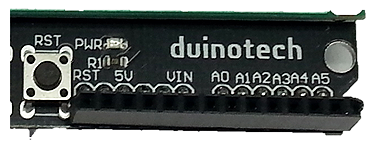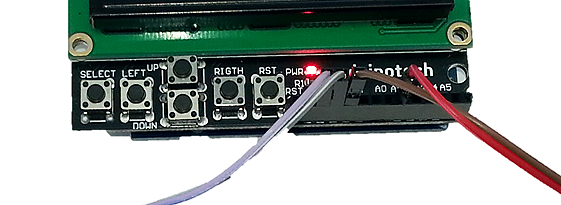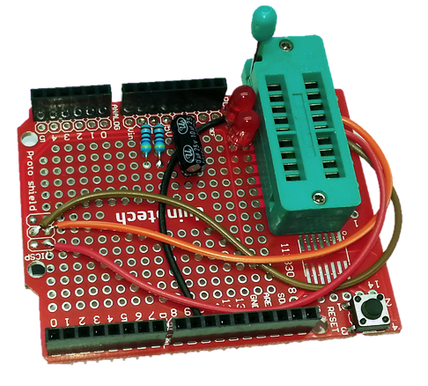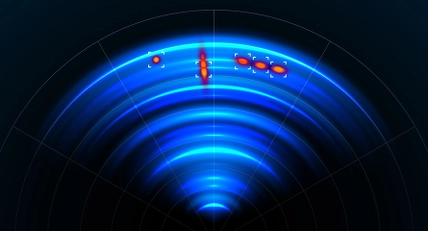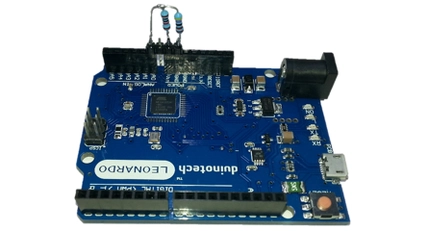Laser Beam Timer
Summary
Here's a handy little project that uses a little known feature of LEDs, and also has a laser in it, which makes it even cooler. We shine a Laser Module at the LED, and the LED actually generates a voltage depending on how much light is shining on it. We use an Arduino to measure this voltage, and if the beam is broken, then we can record the time to use it as a precise timer. You could use it like a race lap timer (for slot cars!), or to measure the speed of falling objects. Some soldering is required.
Table of Contents
Future Improvements
As noted above, the break mode is ideal for measuring speed if you know the length of an object as it passes the beam. Both this and the lap timer would make it an ideal accessory for a slot-car set. You could add some lap-counting and a second laser and sensor to turn it into a complete race computer, showing laps travelled, last lap time, total time and even speed on crossing the finish line.
Although the output is given in seconds, converting the output to RPM would allow the Laser Beam Timer to be used as a tachometer.
Of course there is no reason that the input has to be an LED either. An LDR module could be used as well, although you wouldn't have the accuracy of a laser, and LDR's tend to have a slower response. You could use something like a reed switch activated by a passing magnet.
Similar projects you may be interested in


